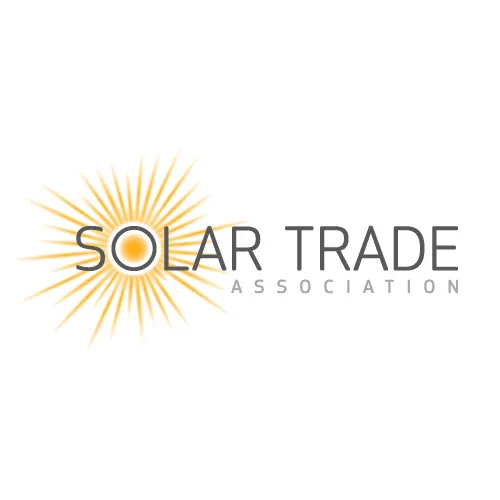

The Feed-in Tariff (FiT) rate which is paid out for rooftop solar has changed. Householders who go solar will now be eligible for the new rate of 4.39p/kWh which will be paid out from February.
Although technically the FiT system will be paused for three weeks and restarted on February 8 , householders can continue to invest in solar as normal in the interim and will simply have to wait a few weeks before their payments commence.
While lower than what the industry needed, the government greatly improved on its original proposals for the new solar FiT scheme after a campaign by the Solar Trade Association (STA), businesses and an unprecedented response by the public.
For householders the new rates mean a return on investment of around five per cent, a tax free, inflation linked return, higher than any rates on offer today for savings accounts, where interest rates are at a record low.
A competitively priced solar installation is likely to be paid back, the breakeven point on the investment, in around 13 years and it is possible for householders to improve payback further through intelligent use of their system.
Paul Barwell, CEO of the STA, said: “Let’s be clear; solar is still a good investment for householders and an essential investment for the planet. Costs have come down so fast solar is much more affordable today than five years ago, around half the price of a new car. There has never been a greater need to go solar because acting on climate change is more urgent than ever. Solar will save on your energy bills, and potentially add value to your home.”
The new rates will still be attractive to householders with available funds and an interest in low carbon technology, the environment and home improvements. Canny householders can take steps to improve the payback of their system by maximising their use of power output from the system (for example by using timer functions and running appliances during the day) and by investing in power diverters and even electricity storage. Recent research by Barclays shows home buyers perceive solar as the most attractive technology when buying a new home, adding an estimated £2000 to the value of a home.
Paul Barwell, added: “The changes to the solar FiT are significant but solar technology is exceptionally reliable and attractive and the solar industry has proved itself to be the best energy sector in the world at bringing down costs and developing innovative products. We know that solar power is the UK’s most popular energy technology and we are confident that, while solar may be less financially attractive than previously, we remain on track and determined to deliver a solar revolution that will benefit everybody.”
